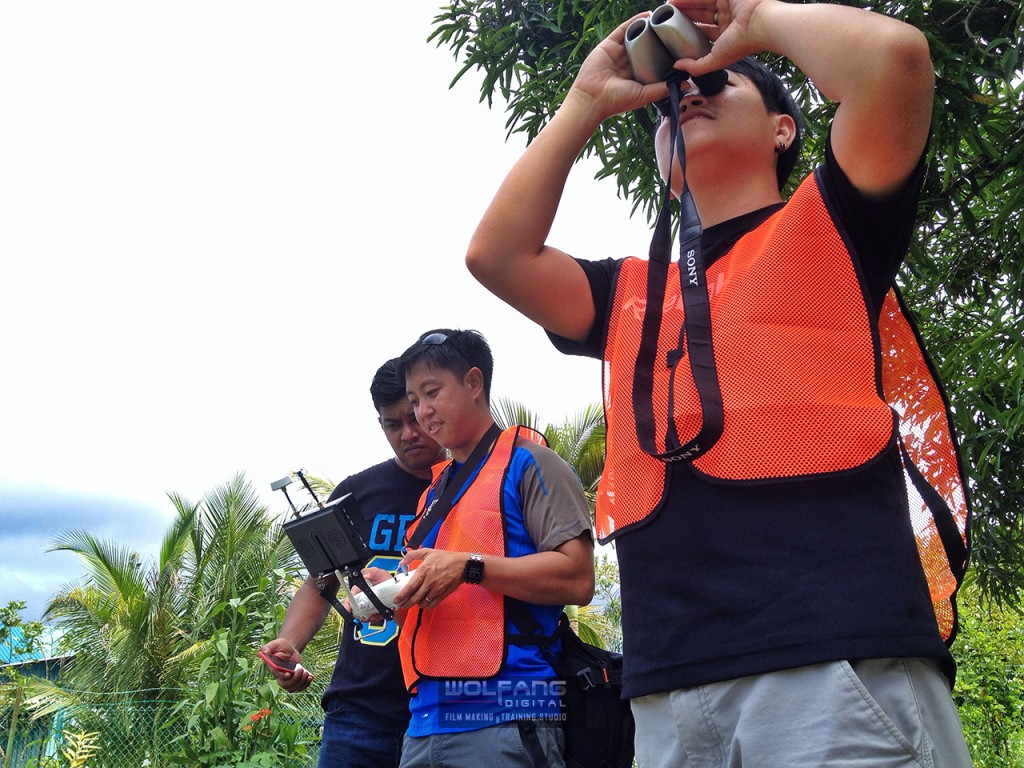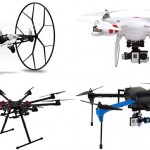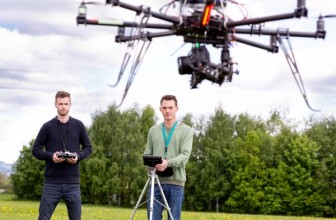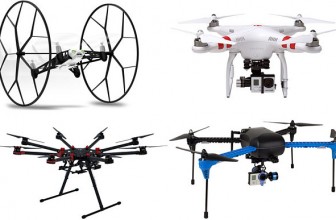
As a beginner, you’re going to crash your drone…a lot. Things like strong wind, low battery levels, glitches, and even transmitter mishaps are the leading causes of quadcopter crashes amongst hobbyists. Not only can this permanently damage your drone, but an unexpected crash could happen over someone’s home, or worse, over a bystander. While it’s impossible to plan for even emergency scenario, there are a few things that you can do to reduce the risk of crashing your quadcopter.
Reducing the Risk of Quadcopter Crashes – Know Your Environment
Before hitting the air, always become familiarized with the surrounding area. Are there any large structures (buildings, power lines, etc.) within the vicinity? If you’re a beginner, I would highly advice against flying in congested areas. Flying at a public park is a much better (and safer) alternative. Flying in open areas like not only decreases the chances of quadcopter crashes, but it also makes the retrieval process easier. If you were to crash your drone in a heavily wooded area, there’s a higher chance of never finding it. On the other hand, if you were to crash in an open field, you would at least have a visual on where your drone landed.
Have a Spotter (When Flying Via FPV)
 These days, FPV (First Person Viewing) flying is becoming increasingly popular. But as fun as it is, it can lead to quadcopter crashes if you’re not careful.
These days, FPV (First Person Viewing) flying is becoming increasingly popular. But as fun as it is, it can lead to quadcopter crashes if you’re not careful.
When flying via FPV, your peripheral field of view is quite limited. So, it can be difficult to see obstructions (like branches or power lines) that are just outside the view of your drone’s camera. Fortunately, there’s a potential solution: have a spotter!
A “Spotter” is basically someone who can keep an eye on your drone while you fly it from your FPV screen. The benefit to having a spotter is that they’ll be able to point out potential dangers before you fly into them.
Take Off From a Stable Platform
Before taking off, drones will “calibrate” themselves for a steadier flight. But this only works when you’re taking off from a stable platform. If you take off from an uneven platform, then this is going to affect your drone’s stability while in the air, making it harder to fly. Fortunately, quadcopter crashes caused by faulty calibrations are relatively easy to avoid: just take off from a level platform and your drone should have no problem calibrating accurately.
Fly When Weather Conditions Are Optimal
 In my article, 10 Ways to Extend Drone Battery Life, I mentioned that flying in suboptimal weather conditions (e.g. when heavy breezes are present) can negatively affect your drone’s battery life. But did you know that flying in windy conditions can also dramatically increase your chances of quadcopter crashes?
In my article, 10 Ways to Extend Drone Battery Life, I mentioned that flying in suboptimal weather conditions (e.g. when heavy breezes are present) can negatively affect your drone’s battery life. But did you know that flying in windy conditions can also dramatically increase your chances of quadcopter crashes?
Lighter quadcopters, like the Cheerson CX-10, stand no chance against the wind due to their lightweight designs. Even heavier models, like the DJI Phantom 3, can succumb to the elements pretty easily. The best advice I can give is this: always fly on clear, sunny days when weather conditions are minimal. Otherwise, you’ll be at risk of crashing your quadcopter.
Keep an Eye on Your Battery
Most beginner drones offer an average flight time of 7-8 minutes, which isn’t much. If your battery is reaching its limit, and you’re still relatively high in the air, then a crash could happen at any second. Since quadcopter crashes from dead batteries are fairly common, commercial drone companies (like DJI and 3D Robotics) have developed a solution: when the battery starts to run low, the quadcopter will automatically begin its descent. Typically, this is only available in more expensive models like the DJI Phantom 3 or 3DR Iris+. This feature is not found in cheaper models usually. Either way, it’s still good practice to pay attention to your drone’s battery life while in the air.
What’s a “Vortex Ring State”?
If you’re planning on making quadcopters a part of your life, you need to understand a term called a “Vortex Ring State”. To put simply, it happens when a quadcopter descends too quickly. As it descends, it falls into its own downwash of air, which causes an even more rapid rate of descent. The end result is a snowball effect that results in uncontrollable quadcopter crashes. To help make sense of what a vortex ring state is, check out the following video:
Are vortex ring states something you can avoid? Absolutely- just control your rate of descent. In the RC industry, the vortex ring state is commonly referred to as the “Wobble of Death”. I found a really useful form post that should help explain the concept more clearly. Be sure to sign up for an account to connect with fellow RC drone flyers around the world!
Key Takeaways
To summarize, there are five ways to effectively reduce the chances of quadcopter crashes:
- Know your environment
- Have a spotter
- Take off from a stable platform
- Fly when weather conditions are optimal
- Keep an eye on your battery
While it’s impossible to never crash a quadcopter, there are things that you can do to lessen the risk. Hopefully this article will serve as a helpful reminder of the things you can do to avoid permanently damaging your quadcopter.





